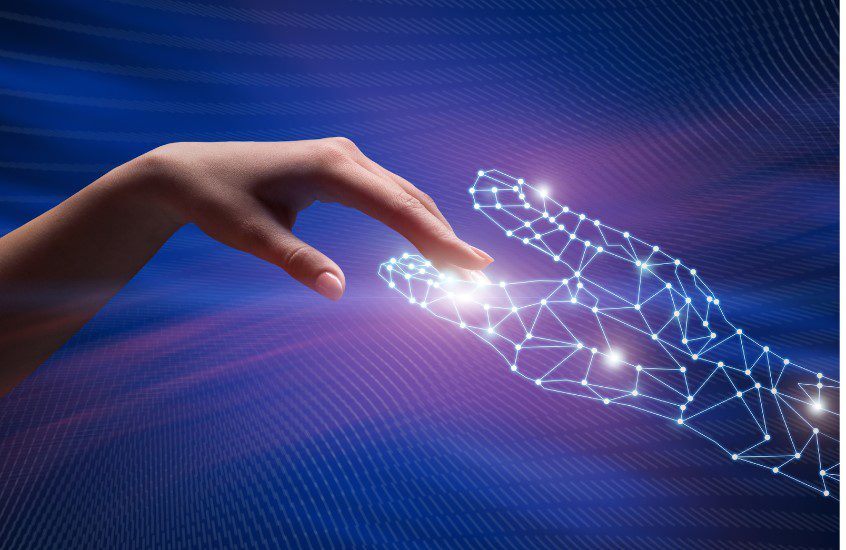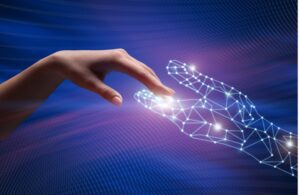Source: Canva
Data nowadays is easy to collect, whether about customers or elections. But one problem with that is that companies have too much data on their hands. That means they’ll never be able to use everything. They may not even have the time or the people to get through half the data they collected.
However, artificial intelligence or AI has rapidly emerged as a game-changer in data processing and visualization in recent years. Businesses that use AI can now quickly see patterns and trends previously hidden in large amounts of data. That has led to them saving time and resources and helping them stay ahead of the competition.
How is AI doing this? Read on for a closer look.
The Importance of Data Processing and Visualization
As mentioned above, data processing and visualization are critical for businesses to stay competitive and make informed decisions. Data processing involves collecting and transforming raw data into useful information that can be interpreted and used throughout an organization. Trained data scientists typically perform this task to ensure the output is accurate and useful.
Data visualization, on the other hand, is literally presenting data visually, such as in graphs or charts, to make the data easier to understand. This is used in various industries, such as education and business. It’s a quick and effective way to communicate information universally.
These two together are essential for extracting insights from data. Data processing transforms raw data into a more understandable format. At the same time, visualization makes it easier to identify patterns and trends even if there’s plenty of data that needs to be accessed. This process helps businesses identify areas where they are doing well and which need improvement, such as customer retention or sales volume.
In short, thanks to data processing and visualization, businesses can make faster decisions with information they can understand.
How AI is Revolutionizing Data Processing and Visualization
The problem with humans working on data collecting, processing, and visualization is the problem with any humans working on any task. Humans need to eat, sleep, and rest. They are also prone to errors.
With AI, all that’s needed is to program it to look for what a business needs. It can then be left to run until the task is complete. Plus, using an AI database will help interpret the data faster–no need for data scientists to finish combing through the data and understanding it.
In no particular order, here are a few more ways AI is changing the game in the data field:
- AI can now free up data scientists’ time. All one needs to do is automate repetitive tasks, and AI will take care of the rest. This is much more cost-effective than hiring a virtual assistant to do these tasks.
- Once AI gets through with the data, it’s easy to access and interpret. That means AI can now help anyone become an expert in data analysis.
- AI is also now evolving to be self-learning. With enough use, AI programs can also become problem solvers regarding the data collected and even give suggestions on what to do next.
- Because all businesses need are programs, they’ll find themselves saving money. It will also be easier to scale since they’ll need to hire fewer people.
Examples of AI-Powered Data Processing and Visualization Tools
One might think that AI-powered tools are still being developed or are years away from taking over the work of data scientists. However, there are, in fact, already plenty of companies that provide AI tools for data processing and visualization. Here are some of them:
- AirOps – AirOps has plenty of task-specific AI, and one of the tasks these tools can do is process and interpret data. Aside from taking the data and making it clear visually, their apps can extract specific words, draft documentation, transcribe video data, and even create Python scripts.
- Polymer – Polymer allows the user to upload spreadsheets full of data and transform it into a database that’s easy to explore. The user will also get different ways of visualizing and interacting with their data.
- MonkeyLearn – MonkeyLearn is another AI-powered platform that allows users to analyze and organize their data without code. Various text analysis tools inside let users quickly analyze, visualize and organize their data according to their purpose.
- Microsoft BI – Since this is a Microsoft product, rest assured that this is a platform used by many businesses. Microsoft BI will let users import data from any source and create reports and dashboards that suit their needs. It also has many AI features that help analyze data and even includes integrations to Excel and other programs.
- Akkio – The cool thing about this platform is that it takes the inputted data and predicts future outcomes based on the data. It doesn’t require coding at all and is very user-friendly. It has fewer integrations, but it does the job.
The Future of AI-Powered Data Processing and Visualization
Source: Canva
The impact of AI on speeding up data processing and visualization is a common concern. As more companies invest in AI technology and more tools enter the market, there is fear that these tools will replace those responsible for collecting, managing, and interpreting data.
There’s not much cause for concern regarding this fear. While it’s true AI can make data-related activities easier, human input is still required to make sense of the generated insights and to determine the best course of action for a company based on the data. Plus, experts predict that AI will produce more jobs for people since more workers who understand how AI works will be needed.
In short, AI is a powerful tool to aid in data and decision-making, but it cannot replace humans with the insight and experience to know what to do next.
Final Thoughts
To sum up, AI is transforming how data is processed and visualized, presenting new opportunities for businesses to extract valuable insights and gain a competitive edge. AI-powered tools offer significant time and resource savings by automating repetitive tasks and streamlining data interpretation.
And while there are concerns about AI’s potential to replace human jobs, it is widely predicted that the increased demand for skilled workers with AI knowledge will lead to new jobs. As such, AI is poised to enhance not only data processing and visualization but also other industries.
Who knows what else AI can change in the future? It’s definitely something to watch for and be excited about!




































